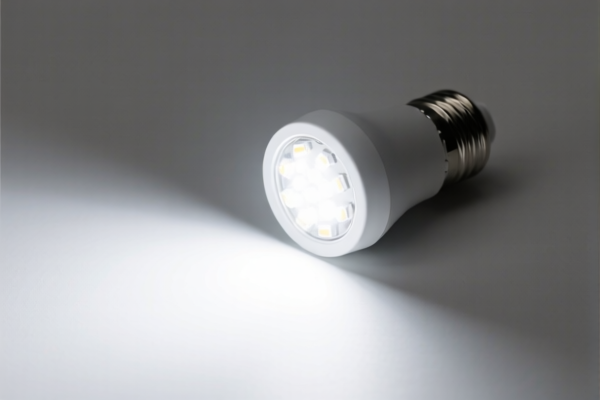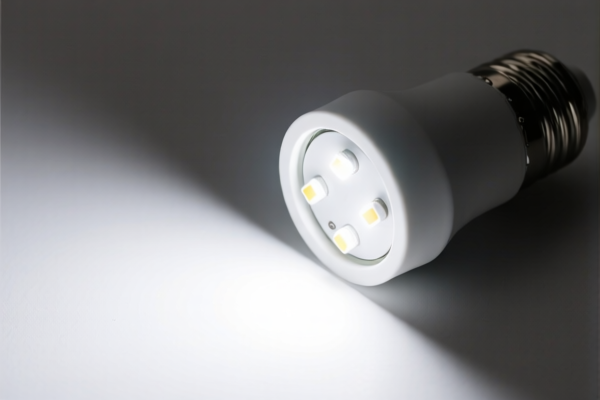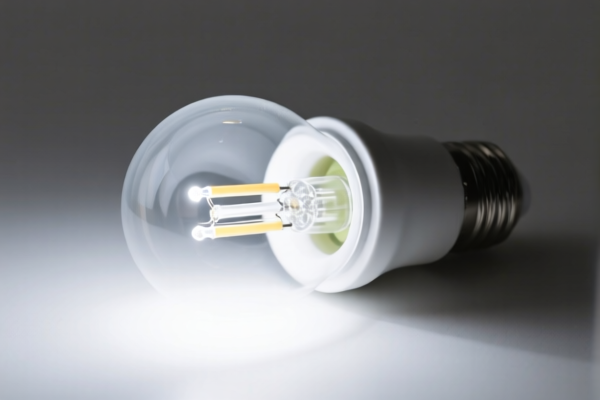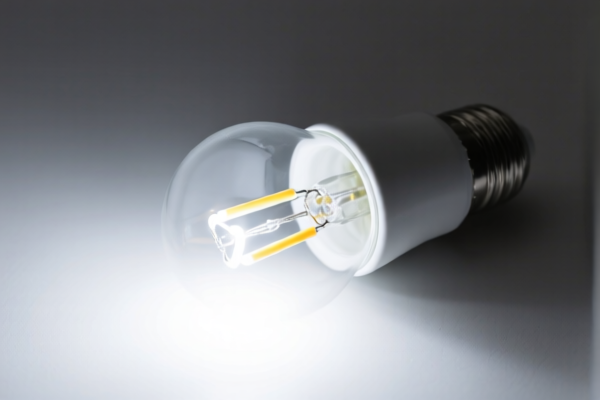| HS Code | Official Doc | Tariff Rate | Origin | Destination | Effective Date |
|---|---|---|---|---|---|
| 8512906000 | Doc | 55.0% | CN | US | 2025-05-12 |
| 8512904000 | Doc | 55.0% | CN | US | 2025-05-12 |
| 8539310040 | Doc | 57.4% | CN | US | 2025-05-12 |
| 9006690150 | Doc | 30.0% | CN | US | 2025-05-12 |
| 8513104000 | Doc | 33.5% | CN | US | 2025-05-12 |
| 8513904000 | Doc | 58.5% | CN | US | 2025-05-12 |
| 8531809005 | Doc | 37.5% | CN | US | 2025-05-12 |




Fluorescent Tube
A fluorescent tube, or fluorescent lamp, is a gas-discharge lamp that utilizes fluorescence to produce visible light.
Material Composition
- Glass Tube: Typically made of borosilicate glass to withstand heat and vacuum conditions.
- Phosphor Coating: The inner surface of the tube is coated with a phosphor material. This material converts ultraviolet (UV) light into visible light. Common phosphors include halophosphates, silicates, and rare-earth phosphors. The specific composition of the phosphor determines the color of light emitted.
- Mercury Vapor: A small amount of mercury vapor is contained within the tube.
- Electrodes: Located at each end of the tube, these electrodes (typically tungsten filaments coated with emissive materials) initiate and sustain the electrical discharge.
- Starter (in some types): Older types require a starter to preheat the electrodes and initiate the arc.
- Ballast: An essential component that regulates the current flowing through the tube, providing the necessary voltage to start and maintain the arc and limiting the current to prevent damage.
Purpose
The primary purpose of a fluorescent tube is to provide efficient illumination for a wide range of applications. They are valued for their higher luminous efficacy (light output per unit of power consumed) compared to incandescent bulbs.
Function
Fluorescent tubes operate on the principle of gas discharge.
- Electrical Excitation: Voltage applied to the electrodes excites mercury atoms within the tube.
- UV Emission: Excited mercury atoms emit ultraviolet (UV) light.
- Phosphorescence: The UV light strikes the phosphor coating on the tube's inner surface.
- Visible Light Emission: The phosphor coating absorbs the UV light and re-emits it as visible light. The color of the emitted light depends on the specific phosphors used.
Usage Scenarios
- Commercial Lighting: Offices, schools, hospitals, retail spaces.
- Industrial Lighting: Factories, warehouses, workshops.
- Residential Lighting: Kitchens, garages, basements.
- Specialty Lighting: Grow lights, blacklights.
Common Types
- Straight Linear Fluorescent Tubes (T12, T8, T5): The most common type, differentiated by diameter (T12 = 1.5 inches, T8 = 1 inch, T5 = 5/8 inch). T8 and T5 are more energy-efficient than T12.
- Compact Fluorescent Lamps (CFLs): Designed as a direct replacement for incandescent bulbs, available in various shapes and sizes (spiral, globe, tubular).
- U-Bend Fluorescent Tubes: Used in applications where space is limited.
- Circular Fluorescent Tubes: Often used in ceiling fixtures.
- High-Output Fluorescent Tubes: Provide higher light output for specific applications.
- Specialty Fluorescent Tubes: Designed for specific purposes, such as plant growth or insect traps.
Fluorescent tubes are electric lamps that produce light by passing an electric current through a gas, causing it to emit ultraviolet light which then strikes a coating of phosphor on the tube's interior, resulting in visible light. They are commonly used in various lighting applications, including general illumination, office lighting, and display cases.
The following HS codes are relevant to fluorescent tubes, based on the provided information:
-
8539310040: This HS code covers Electrical filament or discharge lamps, including sealed beam lamp units and ultraviolet or infrared lamps; arc lamps; light-emitting diode (LED) light sources; parts thereof: Discharge lamps, other than ultraviolet lamps: Fluorescent, hot cathode 1.2 m, straight tube, of a power 30 W or more but not exceeding 40 W.
- 85: Chapter 85 – Electrical machinery and equipment.
- 39: Heading 8539 – Electrical filament or discharge lamps, including sealed beam lamp units and ultraviolet or infrared lamps; arc lamps; light-emitting diode (LED) light sources.
- 31: Subheading 853931 – Discharge lamps, other than ultraviolet lamps.
- 00: Further specifies Fluorescent, hot cathode 1.2 m, straight tube, of a power 30 W or more but not exceeding 40 W.
-
8539310040: This HS code applies specifically to fluorescent tubes that are 1.2 meters in length, straight in shape, and have a power rating between 30 and 40 watts.
The total tax rate for HS code 8539310040 is 57.4%, comprising a 2.4% basic tariff and a 25.0% additional tariff, increasing to 30.0% after April 2, 2025.
Customer Reviews
No reviews yet.